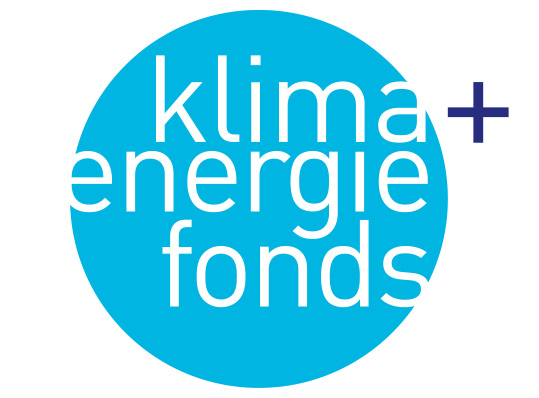The Paris Agreement requires fast climate action
Myth
Europe is well on the way to fulfilling the requirements of the Paris Agreement. It is not necessary to be more ambitious.
Facts
There is no time to lose. At the current speed of implementation the whole carbon budget required to limit global warming to 2° C will be exhausted in approx. 20 years.
At the crossroads: The Paris climate goals require ambitious implementation
Different greenhouse gas scenarios demonstrate the gap between the required emissions reduction and current national plans
Source: Analyses based on Climate Action Tracker 2015
Paris sets the course. Now we need to accelerate on the road to decarbonisation. Only fast climate action makes the 2° C goal achievable. To reach 1.5° C, immediate measures are necessary. The new UN agreement is based on common obligations but differentiated responsibilities in implementing nationally determined contributions (NDCs). According to all scenario analyses the current plans are not sufficient to reach the overall climate goals. The emissions gap is wide. Even full implementation of current plans would result in an average temperature rise of 2.7 to 3.4° C until 2100 (relative to pre-industrial levels).
The current carbon budget of approx. 800 gigatonnes CO2 (Gt CO2) means that investment decisions even in the next 2 or 3 years will have a significant impact on the climate. Investments such as power plants, buildings, energy infrastructure, transport or spatial structures have a major impact on short- and long-term emissions. But due to the shrinking carbon budget all investment decisions that increase dependency on fossil fuels are relevant. Lock-in effects for investments with depreciation over 30 to 40 years will lead to higher costs in the future as the danger of stranded assets increases for fossil-energy-based projects.




